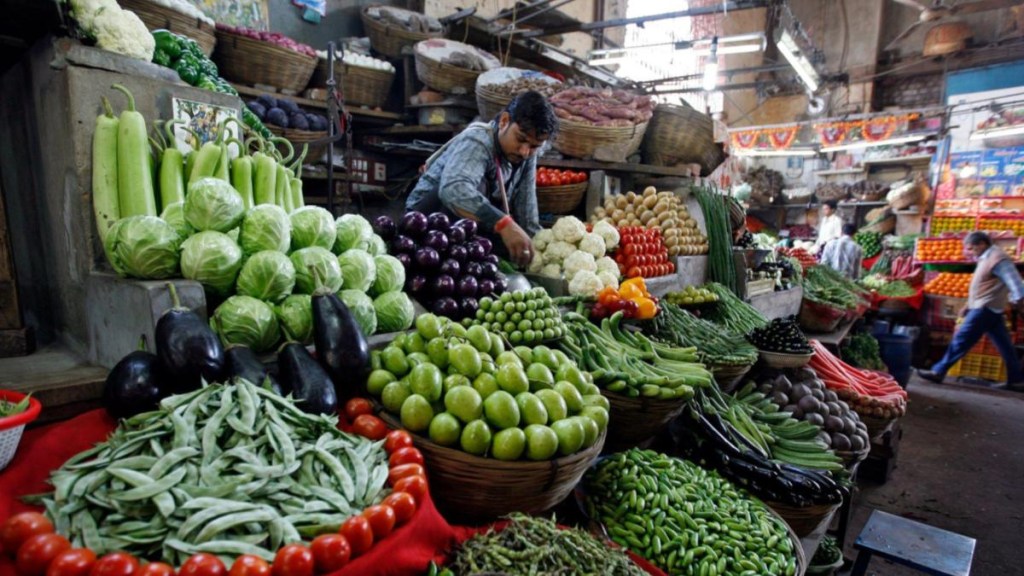Prices of vegetables, a key component of food inflation, may be elevated for the next few months due to “above-normal” temperatures till June as predicted by the India Meteorological Department (IMD), rating agency Crisil has said.
The rates are likely to decline after the onset of monsoon in June, it stated. Retail inflation in vegetables was highest in the food basket at 28.34% in March, 2024 on-year.
“The IMD has predicted an above-normal southwest monsoon in 2024. This augurs well for vegetable prices,” the agency stated in a report titled “dicing vegetables” inflation data.
The Meteorological Department expects above-normal temperatures till June, which could keep vegetable prices elevated for the next few months, the agency has noted.
India is among the most climatically vulnerable countries and weather risks are only mounting. With weather conditions such as heat waves, flooding, storms and changing monsoon patterns, climate change is likely to have a dire impact on vegetable production and prices, it stated
Rising temperatures could also exacerbate the pest problem, according to Crisil. Vegetables were responsible for about 30% of food inflation in FY24, much higher than their 15.5% share in the food index.
“While surging prices of tomatoes and onions made headlines in FY24, the price rise was not limited to them,” the report stated.
On the supply disruption, garlic and ginger saw triple-digit inflation of 117.8% and 110.4%, respectively in the current year.
Other vegetables such as brinjal, parwal and beans also saw a spike in prices. The report noted that remedial measures such as the creation of buffer stocks and even imports are ineffective solutions, given the perishable nature of vegetables. “Technologies such as cold storage can prolong the shelf life of vegetables, but India falls short on such infrastructure,” the agency stated.
Last year, there were several vegetable price shocks in India as turbulent weather played spoilsport. El Niño conditions led to warmer-than-average weather and also impacted the monsoon, it stated.
The southwest monsoon was below normal in FY24, at 94% of its long period average. The distribution of the monsoon, too, was uneven, with an unusually dry August, the report stated.

